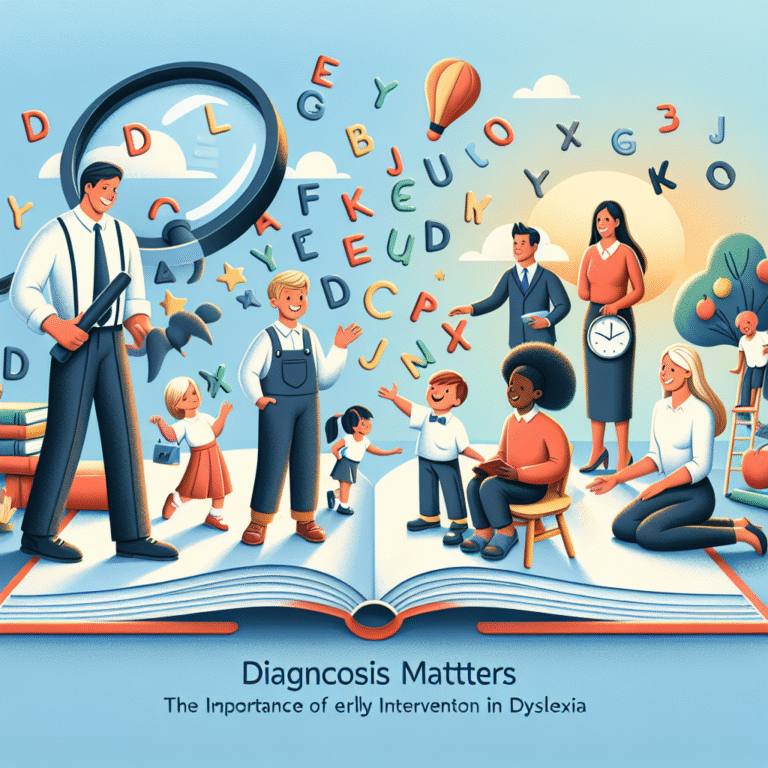
Introduction
Have you ever experienced a meeting where everyone agreed without question, only to realize later that critical viewpoints were overlooked? This phenomenon, known as groupthink, often leads teams to make collective decisions that compromise judgment and creativity. In today’s fast-paced, interconnected world, understanding the power and pitfalls of groupthink is essential. It can be the difference between success and failure in decision-making. In this article, we will explore how collective decision-making can cloud judgment, drawing on compelling real-world examples. Prepare to delve into the intricate dynamics of groupthink, its implications for your organization, and how to harness its potential while sidestepping its hazards.
Understanding Groupthink: The Concept
Groupthink is a psychological phenomenon that occurs within a group of people when the desire for harmony or conformity results in an irrational or dysfunctional decision-making outcome. Introduced by social psychologist Irving Janis in the early 1970s, this concept sheds light on why groups sometimes make poor decisions that individual members might not endorse if they were thinking independently. Understanding the dynamics of groupthink is crucial in mitigating its effects.
Characteristics of Groupthink
- Illusion of Invulnerability: Members may believe they can’t fail, fostering overconfidence.
- Collective Rationalization: Dismissing warnings or negative feedback.
- Belief in Inherent Group Morality: Justifying their decisions as morally superior.
- Stereotyping Outgroups: Viewing dissenters as outsiders or adversaries.
- Self-Censorship: Members withholding their dissenting opinions.
- Illusion of Unanimity: Assuming agreement within the group.
- Direct Pressure on Dissenters: Individuals who challenge the group are pressured to conform.
- Mindguards: Members protecting the group from dissenting opinions or information.
The Power of Groupthink
While groupthink often leads to poor decision-making, it also holds a certain power; when functioning positively, collective collaboration can lead to innovative solutions, faster problem-solving, and a unified approach to achieving goals. Here are some scenarios where the power of groupthink can shine through:
Enhanced Innovation: Diverse team collaboration often spurs creativity and innovation, leading to groundbreaking ideas that individuals may not achieve alone.
Quicker Decisions: Groups can streamline the decision-making process, leading to swift actions in times of crisis.
- Increased Cohesion: Working together can strengthen relationships among team members and enhance communication.
Case Study: Kennedy’s Bay of Pigs Invasion
One of the most notable examples of groupthink in history is the Bay of Pigs invasion, a failed military invasion of Cuba by the United States in April 1961. President John F. Kennedy convened a group of advisors who, wanting to present a united front, failed to critically evaluate the risks involved. The collective reassurance became a trap, undermining their ability to foresee critical failures. The lack of dissent and analysis led to a disastrous outcome, illustrating the dark side of collective decision-making.
The Pitfalls of Groupthink
While groupthink can offer cohesive advantages, it is essential to recognize its pitfalls, which can significantly impact decision-making quality.
The Danger of Conformity
A significant pitfall of groupthink is the pressure to conform. When team members feel that their opinions diverge from the group’s consensus, they may hesitate to voice dissenting views, leading to unexamined decisions.
Case Study: NASA’s Challenger Disaster
The Challenger disaster in 1986 serves as a chilling example. NASA engineers raised concerns about the O-rings in cold weather, but the culture within the organization discouraged dissent. The resulting tragedy, resulting in the loss of seven lives, underscored how groupthink can cloud judgment and lead to catastrophic outcomes.
Diminished Creativity
When team members prioritize consensus over creativity, the potential for innovative ideas diminishes. Brainstorming sessions may yield fewer diverse solutions, stifling creativity and promoting homogeneity.
Lack of Critical Analysis
Groupthink can lead to collective rationalization. Team members may ignore potential risks or minimize conflicting evidence to maintain harmony. This lack of critical thinking can impair the quality of decisions made.
Strategies to Mitigate Groupthink
To harness the power of groupthink while avoiding its pitfalls, organizations can implement strategies to encourage open dialogue and diverse perspectives.
Encourage Diverse Perspectives
Fostering an atmosphere of diversity is crucial. Encouraging team members with varied backgrounds and viewpoints to express opinions can reduce the chances of groupthink.
Implement the Devil’s Advocate Role
Assigning a devil’s advocate within a team can stimulate critical debate, ensuring that diverse opinions are considered. This role encourages questioning assumptions and exploring alternatives.
Create a Safe Space for Dissent
Fostering a culture that promotes openness and safely encourages dissenting views can break down barriers to honest communication. Team members should feel comfortable voicing concerns without fear of repercussions.
Use Structured Decision-Making Techniques
Employing structured decision-making methods, such as SWOT analysis (Strengths, Weaknesses, Opportunities, Threats), can help analyze options thoroughly before reaching a consensus.
Regularly Review Decisions
Post-mortem analyses provide valuable feedback. Reviewing past decisions can help identify whether groupthink played a role in the outcomes and prevent similar issues in the future.
The Role of Leadership in Combating Groupthink
The role of leadership is vital in shaping the culture and dynamics of a group. Leaders can set the tone for open communication, engagement, and critical analysis of group decisions.
Transformational Leadership
Leaders who adopt a transformational style can inspire creativity, innovation, and collaboration, creating a balanced approach to decision-making. They should encourage risk-taking and support dissent, thereby reducing the chances of groupthink.
Check for Illusions
Guiding discussions by checking for collective rationalizations within the group and addressing assumptions can help teams critically evaluate their decisions.
Create a Culture of Transparency
Establish a culture where challenges and concerns are openly discussed, promoting transparency and accountability. This inclusivity can prevent team members from falling victim to groupthink.
Measuring the Impacts of Groupthink
To understand the effects of groupthink in an organization, data collection and analysis can provide valuable insights. A comparative analysis can measure the outcomes of decisions made within environments characterized by groupthink versus those where open dialogue prevailed.
Table: Outcomes of Groupthink vs. Open Decision-Making
| Aspect | Groupthink Outcomes | Open Decision-Making Outcomes |
|---|---|---|
| Creativity | Low | High |
| Decision Quality | Poor | High |
| Team Morale | Low | High |
| Innovation | Low | High |
| Risk Assessment | Poor | Comprehensive |
The table highlights the stark contrasts between the outcomes of decisions made under the influence of groupthink compared to open decision-making processes.
Conclusion
The power and pitfalls of groupthink reveal an intricate balance in collective decision-making. While unity and collaboration can lead to phenomenal outcomes, the darker side of conformity and uncritical thinking can cloud judgment, resulting in failure. By implementing strategies that encourage dissent, promote diversity, and create an open culture, organizations can harness the power of groupthink while mitigating its hazards.
Inculcating a culture of transparency and open communication is essential to avoiding the snares of conformity. As you navigate your next collective decision, remember the power and pitfalls of groupthink: how collective decision-making can cloud judgment.
Take proactive measures today and empower your team to embrace diverse perspectives and foster critical discussions that will lead to informed, creative, and sound decisions.
FAQs
1. What is groupthink, and why is it significant?
Groupthink is a psychological phenomenon where the desire for harmony in a decision-making group leads to irrational or dysfunctional decision-making. Understanding groupthink is crucial because it highlights how collective pressure can stifle dissent, creativity, and critical analysis.
2. How can I identify if my team is experiencing groupthink?
Signs of groupthink include the illusion of invulnerability, collective rationalization, self-censorship, and direct pressure on dissenters. Recognizing these symptoms can help address the issue before significant decisions are made.
3. What strategies can be employed to prevent groupthink?
To prevent groupthink, organizations can encourage open dialogue, assign a devil’s advocate, foster diversity, and create structured decision-making processes. Regularly reviewing decisions can also help mitigate groupthink’s impact.
4. Can groupthink ever be beneficial?
While groupthink is often associated with negative outcomes, it can lead to quick decision-making and foster team cohesion when functionally aligned with a shared vision. The key lies in balancing healthy collaboration and critical analysis.
5. How does leadership influence groupthink?
Leaders play a pivotal role in shaping group dynamics. They can encourage a culture of openness, set expectations for diverse perspectives, and address collective rationalizations to combat groupthink effectively.
The insights provided in this article aim to equip you with the knowledge to navigate the intricate dynamics of groupthink. By recognizing its power and pitfalls, you can lead your team toward informed, innovative, and beneficial decision-making. Embrace the journey, and let every discussion amplify your team’s strengths while mitigating potential blind spots.












